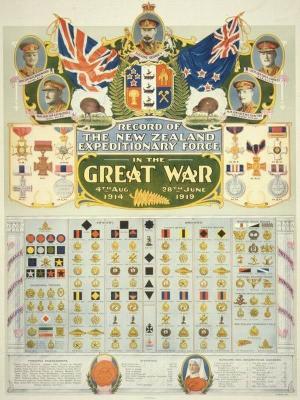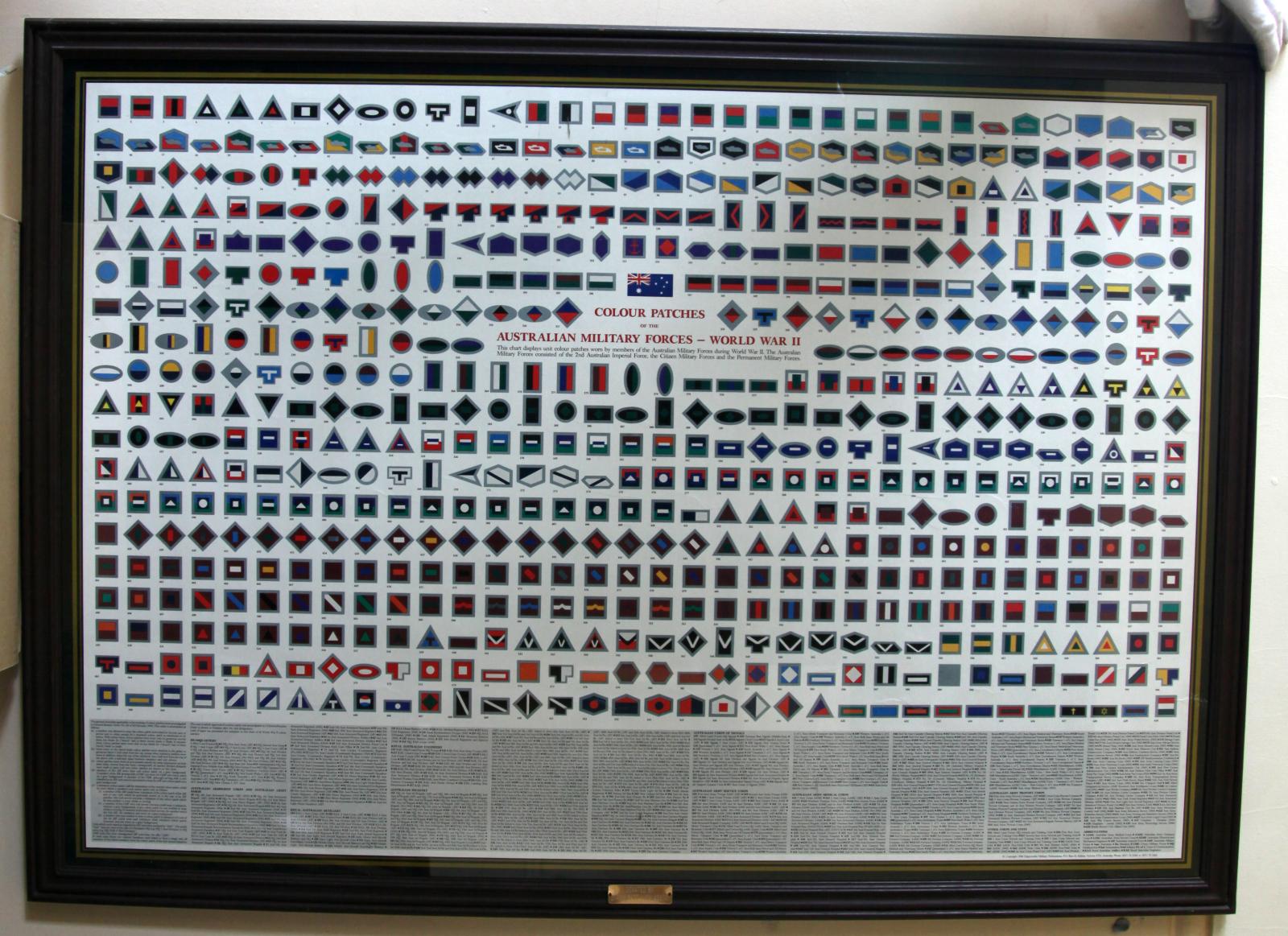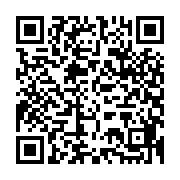Poster - World War 2 Australian Army Colour Patches (Shoulder Flashes)
Large poster, mounted on card and framed illustrating World War 2 Australian Army shoulder patches. A formation patch or colour patch is a military insignia that identifies a soldier's military unit Originally developed during the 20th century for battlefield identification, it has persisted into the 21st century as an element of military heraldry
Originally developed during the 20th century for battlefield identification, the shoulder patch has persisted into the 21st century as an element of military heraldry.
The Australian army's system of colour patches arose from the need to solve an immediate problem. As armies adopted drab coloured uniforms, the need to identify friendly troops in assaulting formations was made acute by the problems of intensive defensive firepower and the attendant problem of dispersion.
When the first Australian Imperial Force (AIF) set off for the Middle East in 1914, the only badge it wore was on headgear and jacket collars: the Australian "Rising Sun" emblem, inscribed with the words "Australian Commonwealth Military Forces" (ACMF). Nothing distinguished one regiment from another. Divisional Order No. 81(A) Administration was issued at Mena, Egypt, on 8 March 1915 to overcome the problem and set the policy for AIF Colour Patches.
During the world wars and the years in between, Australian soldiers wore cloth patches of various shapes and colours on their upper sleeves to indicate to which unit or formation they belonged. The use of colour patches was discontinued in 1949 when the British system of embroidered shoulder titles, formation signs and lanyards was adopted. In July 1987 colour patches were reintroduced in order to foster the Army’s heritage. Currently they are worn on the right side of the puggaree on the slouch hat and on the shoulders of some orders of dress


